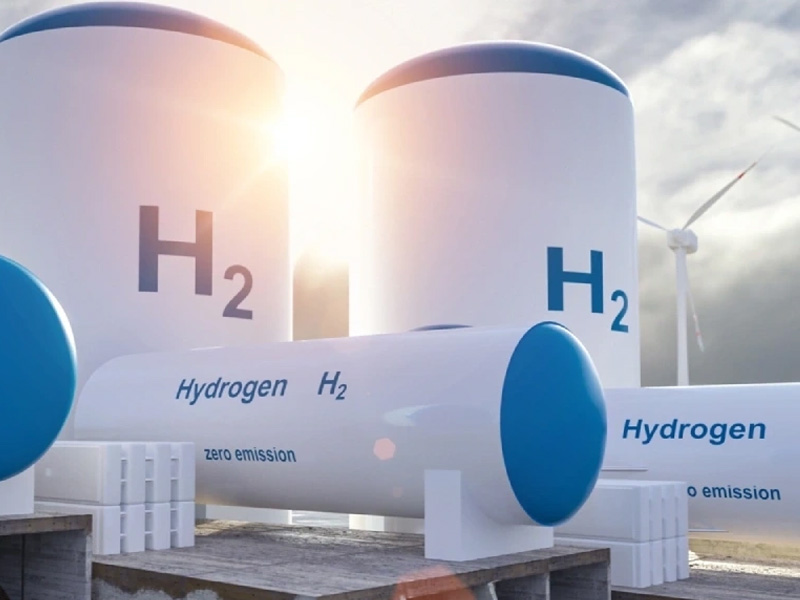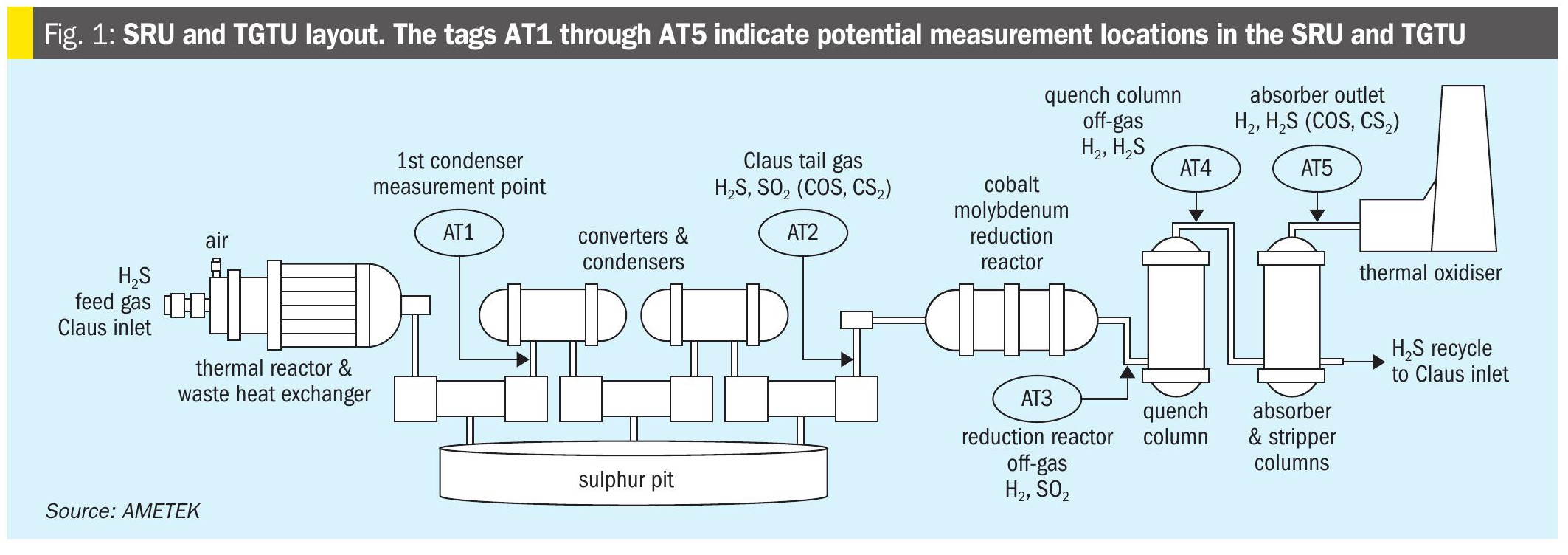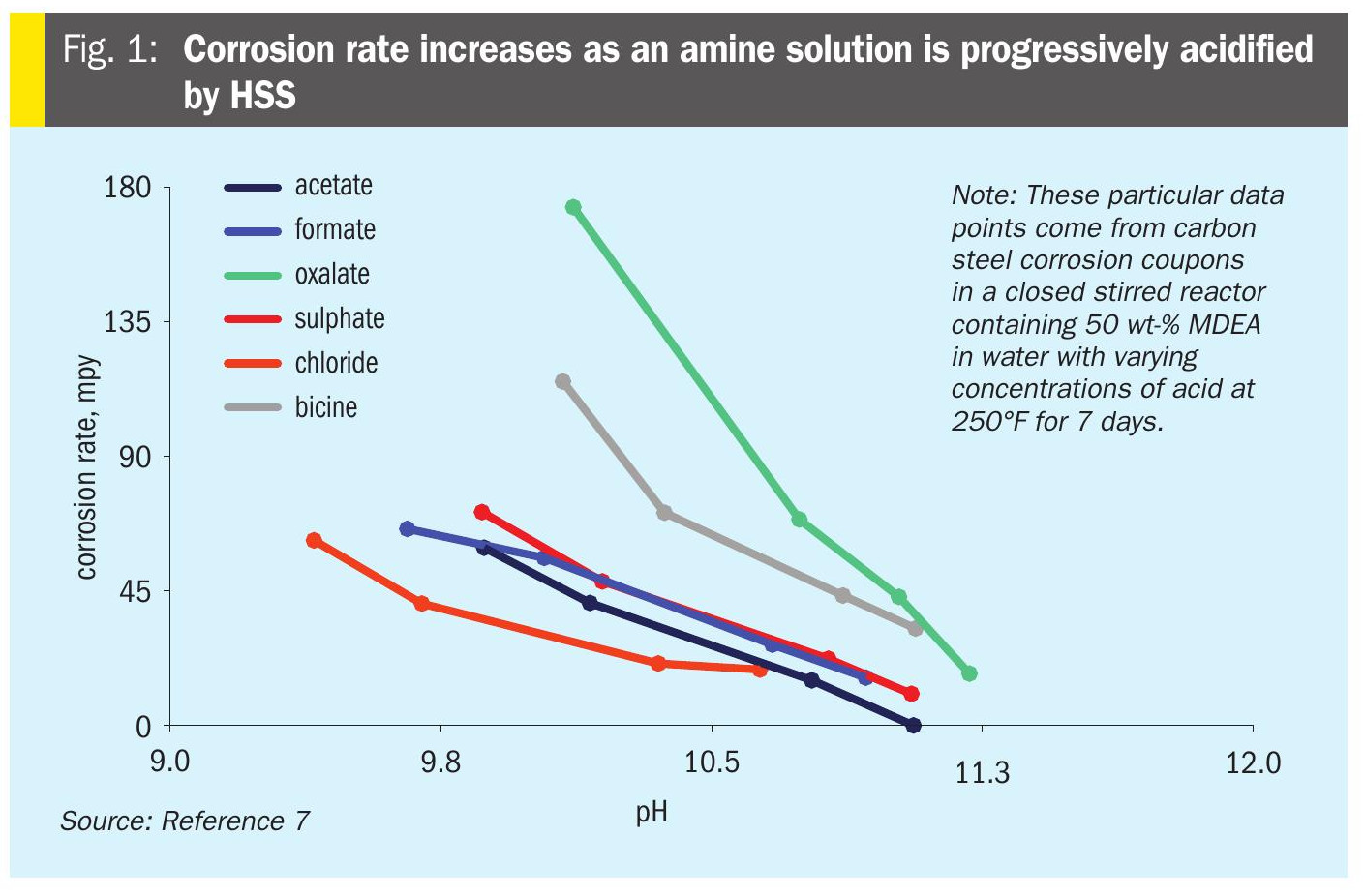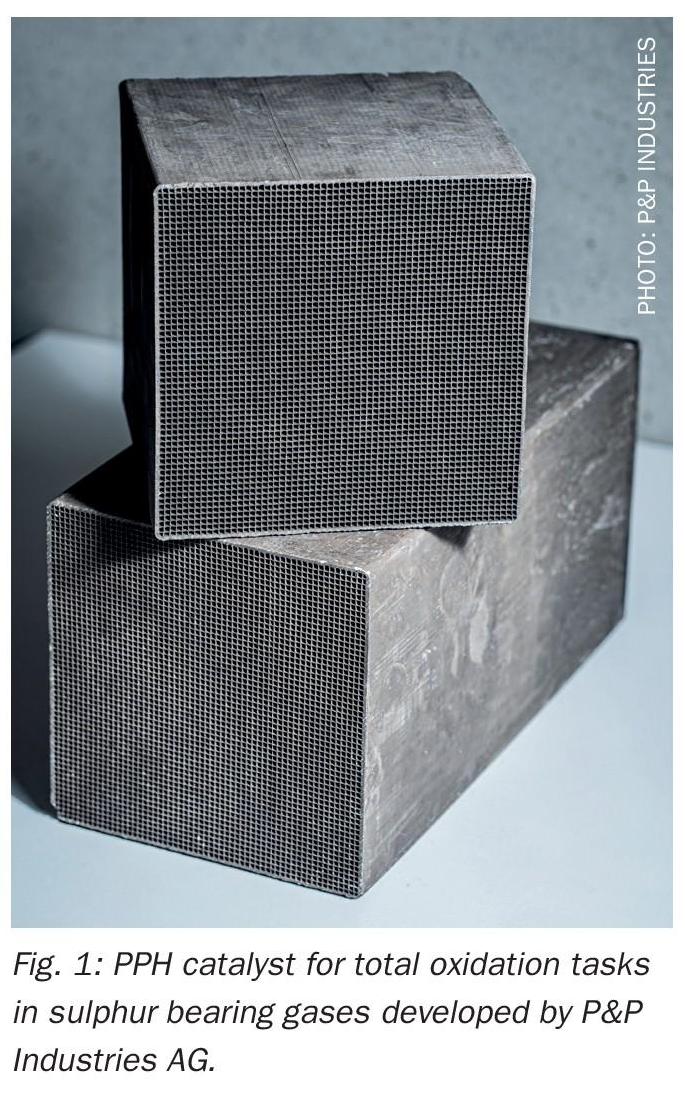Fertilizer International 507 Mar-Apr 2022

31 March 2022
Urea-ES® – the answer to global soil sulphur deficiency?
SULPHUR FERTILIZERS
Urea-ES® – the answer to global soil sulphur deficiency?
The ability to incorporate elemental sulphur within urea granules to create a fertilizer carrier has excellent potential as an answer to global soil sulphur deficiency. This technology is already available for commercial implementation and offers many benefits, as Bernd Peuckmann and Harald Franzrahe of thyssenkrupp Fertilizer Technology explain.
The need to feed the world’s growing population is creating higher fertilizer demand – which, in turn, is driving the need for extra fertilizer production capacity.
Yet the production and use of fertilizers still contribute significantly to the carbon dioxide emissions responsible for climate change. Therefore, both the fertilizer industry and fertilizer users need to find innovative ways to reduce their emissions. In our view, developing nutrient-rich products with a higher use efficiency is part of the answer and can help the fertilizer industry achieve this goal.
thyssenkrupp Fertilizer Technology is helping the industry improve efficiency and meet its climate goals by providing fertilizer producers with process options that add value to urea fertilizer products. In this article, we highlight new technologies capable of incorporating elemental sulphur at existing fluidised bed urea granulation and prilling plants. These show great potential to fill the growing global sulphur supply gap.
The global sulphur gap
Various factors are responsible for optimising plant growth and maximising crop yields. Suitable climate and weather conditions, soil texture, irrigation and the supply of nutrients are all essential. Sulphur is one of the six macronutrients necessary for plant growth, along with nitrogen, phosphate, potassium (NPKs), calcium and magnesium. A deficiency in just one of these essential nutrients can very easily become a limiting factor – one that cannot be compensated for by higher fertilization with the other nutrients.
New fertilizer products need to be developed in response to a clear market need. This can be judged by looking closely at crop nutrient requirements and the corresponding availability of nutrients for plant growth. Doing so clearly reveals that there is major global deficiency in the plant availability of sulphur. Various factors are responsible for this:
- Increased crop cultivation and higher sulphur removal from soils
- Greater use of sulphur-free mineral fertilizers
- A simultaneous reduction in the use of conventional organic fertilizers.
All three factors are leading to the depletion of sulphur in soils. The successful reduction of industrial sulphur dioxide emissions – by reducing the sulphur deposition that replenishes soils – has also significantly exacerbated these effects. The increase in heavy rainfall events globally, linked to climate change, is another influence on sulphur reduction in agricultural soils, as it causes severe leaching of plant-available water-soluble sulphate.
Urea-ES® – urea containing elemental sulphur
While the fertilizer industry has taken measures to address the problem, the global sulphur nutrient shortage has not been eliminated. Indeed, the sulphur containing products currently available on the market are not sufficient to close the ever-growing sulphur deficit in soils.
In 2015, this sulphur deficit was estimated to be approximately 10 million tonnes globally, according to The Sulphur Institute (TSI). As a result, the continuing lack of soil sulphur availability is reducing crop production in many areas.
Yet using a readily-available and commonly-applied fertilizer as a carrier product could offer a holistic answer to the global sulphur shortage. Urea makes an ideal and obvious candidate as a sulphur nutrient carrier, in our view, due to its large-scale availability, distribution and use, regionally and globally.
Elemental sulphur needs to be oxidised into sulphate form to make it available to crops. To improve the oxidation rate – and therefore plant-availability – the surface area of elemental sulphur particles must be significantly increased, e.g. by micronisation. This enables soil bacteria to oxidise sulphur more intensively and in a shorter time.
Shell and thyssenkrupp Fertilizer Technology (tkFT) have jointly developed a continuous Urea-ES® fluid bed granulation process for the production of sulphur-enhanced urea granules (Fertilizer International 492, p44). This integrated process combines Shell’s Urea-ES® technology with tkFT’s UFT® fluid bed granulation technology. In this innovative process, micron-sized particles of elemental sulphur (ES) are integrated into urea and homogeneously distributed via a sulphur dispersion unit.


This ensures a high availability of the sulphur nutrient throughout the entire growth phase of crops (Figure 1). The availability profile for micronised elemental sulphur ensures in-season sulphur supply and limits nutrient losses.
Shell’s Urea-ES ® process produces micronised sulphur particles with an average particle size of less than 30 microns. This emulsion is stabilised with the help of an additional Shell additive (ThioAdd ® ) before being granulated to the final product in the UFT ® fluid bed granulation plant (Figure 2).
In this process, expensive urea solution is partially substituted with less expensive elemental sulphur, thereby reducing the overall cost for the producer. The sulphur-containing products obtained are also known to sell at a premium in various markets such as in North and South America and Europe.
Nutrient-rich compositions
Urea-ES ® with a formulation of 40-0-0-13S contains 53 percent nutrients – compared to standard urea (46-0-0) which contains 46 percent nutrients. Another Urea-ES ® formulation (35-0-0-24S) has an even higher nutrient density of 59 percent. Consequently, nutrient-rich Urea-ES ® products, by saving on transportation and handling costs, have the potential to reduce the CO 2 impact of fertilizer products throughout the distribution chain.
The higher agronomic effectiveness of Urea-ES ® fertilizer has also been demonstrated in the many agronomic trials conducted worldwide since 2014. Crop trial results show an equivalent and/ or improved performance compared to existing nitrogen and sulphur fertilization practice.

Advantages of Urea-ES® vs urea ammonium sulphate (UAS)
A commonly asked question is: does Urea-ES ® offer a competitive alternative to other urea products containing sulphur? – especially urea ammonium sulphate (known as UAS or urea-AS). This question can be answered with certainty in the affirmative, as urea with elemental sulphur, compared to urea with ammonium sulphate, has a wide range of known advantages (Table 1).
Importantly, the product does not need to be blended, unlike other sulphur-containing nitrogen products, creating an all-in-one source of nitrogen and sulphur. In addition, Urea-ES ® is fully compatible with urease inhibitors, whose use is being increasingly required in more and more markets. Unlike the addition of ammonium sulphate, urease inhibitors are not degraded by elemental sulphur. In summary, this technology has the potential to add significant value for the fertilizer producer, throughout the distribution chain, and ultimately at farm level 1 .
Conclusions
The innovative Urea-ES ® fertilizer technology described in this article is making a valuable contribution to new legal and environmental requirements for efficient resource use. The ability to incorporate elemental sulphur within urea granules to create a fertilizer carrier shows excellent potential for reversing global sulphur deficiency in soils. This technology is already available for commercial implementation – enabling fertilizer producers to be well positioned to take advantage of changing market demand.
References






